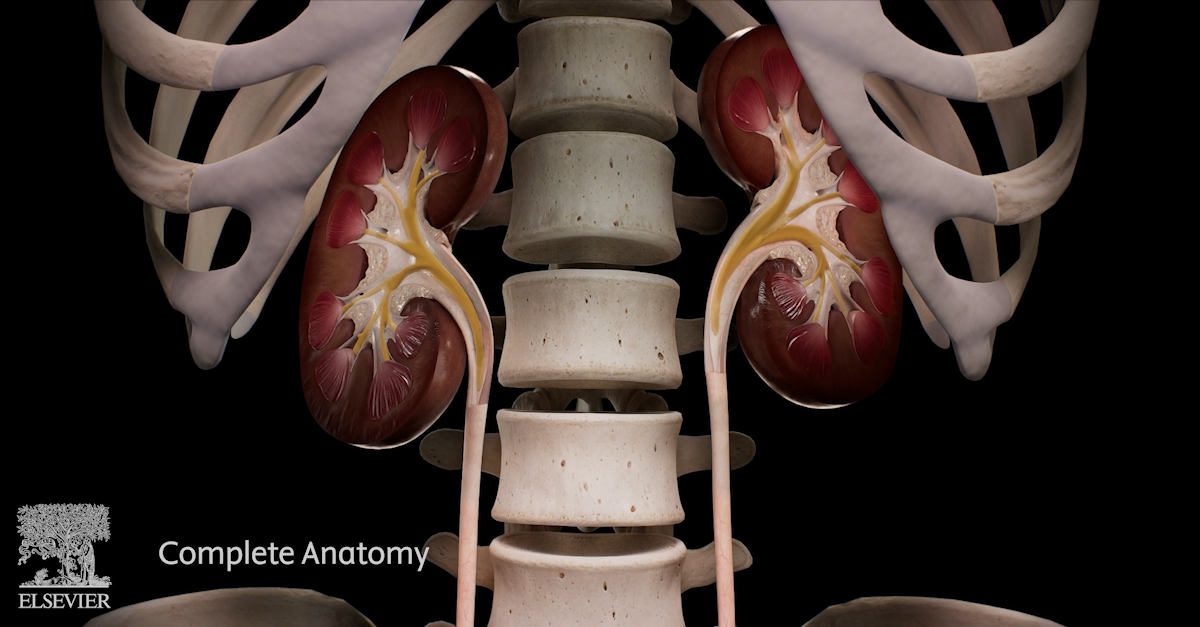
The urinary system is important in maintaining homeostasis of the body. For example, the urinary system regulates levels of fluids and electrolytes within the body.
The urinary system consists of the kidneys, ureters, bladder and urethra. The kidney is composed of three layers: the capsule, the renal cortex and the renal medulla. The renal medulla is made up of units known as the renal pyramids. The kidney’s functional unit is the nephron. The nephrons span between the renal cortex and renal medulla. The nephron is key in forming urine via filtration, reabsorption and secretion.
Let’s take a look at the creation and journey of urine through the urinary system. First, blood enters the kidneys via the renal artery. The blood travels to the nephron, specifically through the glomerulus. Here, the blood is filtered. Excess fluid and waste products, collectively known as the filtrate, are removed from the blood. Filtered blood then exits the kidney via the renal vein where it enters back into circulation.
The filtrate then travels through the nephron of the kidney. Specifically, it travels through the proximal convoluted tubule, the loop of Henle, the distal convoluted tubule and finally, the collecting duct. During this process, substances such as water and electrolytes are secreted from and reabsorbed into the filtrate. This is how the body maintains homeostasis.
Once the filtrate exits the nephron, it is known as urine. The urine exits the renal pyramids into the minor calyces, then into the major calyces and finally, into the renal pelvis of the kidney. From the renal pelvis, the urine exits the kidneys through the ureters. The ureters descend through the body until they reach the urinary bladder. Urine is stored in the bladder until it is released from the body via the urethra.
Check out Complete Anatomy to learn more!